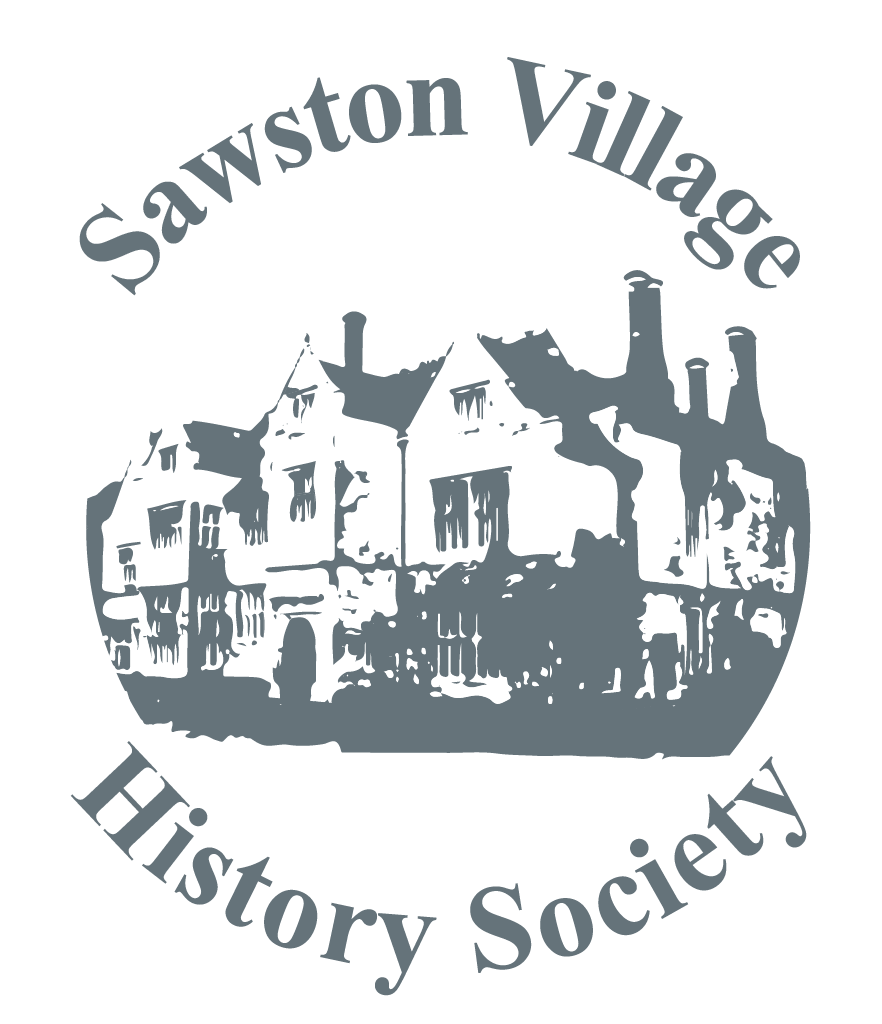
The talk at the May meeting of the Sawston Village History Society was on the subject of a local landmark where most members have taken many walks over the years. Christine Ruse's interest in the Gray family originated from having been born on the estate. The Grays bought the estate in 1904, but the history goes back 2500 years to the Iron Age hill fort with the defensive ring and the many objects dating from this time which have been found.
Magog House was pulled down in the 1950s, but the extensive stable block remains, a tribute to Wandlebury's closeness to Newmarket. In 1685 a racing stable was established for James II. This was acquired by Francis 2nd Earl of Godolphin in the 1730s, and it was he who built the house, created the garden and developed a major racing stable, all within the ring. The famous Godolphin Arabian is thought to have been born in Yemen and had an undistinguished and chequered career in France before being bought by Edward Coke of Holkham Hall. He was sold to the Earl of Godolphin who used him as a sire to create a succession of successful racehorses which established his reputation as one of the major ancestors of modern racehorses. The horse died in 1753 and was buried with a cat, and his grave can still be seen in the stable block at Wandlebury.
Harold William Stannus Gray 1867-1951 bought Wandlebury in 1904 in addition to the estates he owned in County Antrim. He successfully bred racehorses both in Ireland and at Wandlebury. He was elected an MP in 1922 and was active in matters relating to agriculture. However he was ill at the time of the 1923 election and had to stand down. He was still active in local politics in Cambridgeshire, and in racing at Newmarket. At the 1933 Wandlebury fete there were said to be 18,000 people present, including Stanley and Mrs Baldwin. He was knighted in 1938. The 1911 census for Magog House lists nine live-in servants and various other out-servants.
His son was Terence Gray 1894-1987 who opened the Cambridge Festival Theatre in 1926. The opening production was Oresteia with choreography by his cousin Ninette de Valois who went on to found the Royal Ballet. He continued to produce non-naturalistic productions, emphasizing movement over speech. Critics were divided, with some praising his productions, and others saying he sacrificed text and acting to clever trickery. Gray delighted in upsetting audiences but despite controversy audiences kept coming. Many of Gray's collaborators left the project over his inability to compromise. By 1933 he had abandoned theatre for good.
After he had exhausted his interest in the theatre, his thoughts turned towards philosophy and metaphysics. This led to a period of travel throughout Egypt and Asia. Between 1958 and 1974 eight books and articles in various periodicals appeared under the pseudonym "Wei Wu Wei". Terence Gray was twice married to Russian women, but there were no children from either marriage.
With the death of Terence Gray in 1987, the connection of the family to Wandlebury came to an end, and its future is in the hands of Cambridge Past, Present and Future.
Jim Butchart